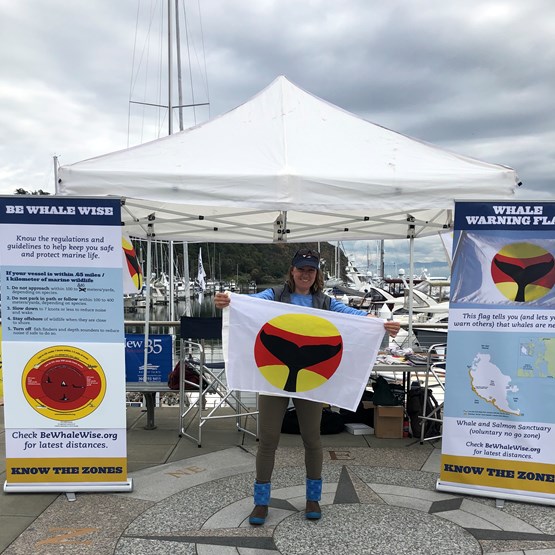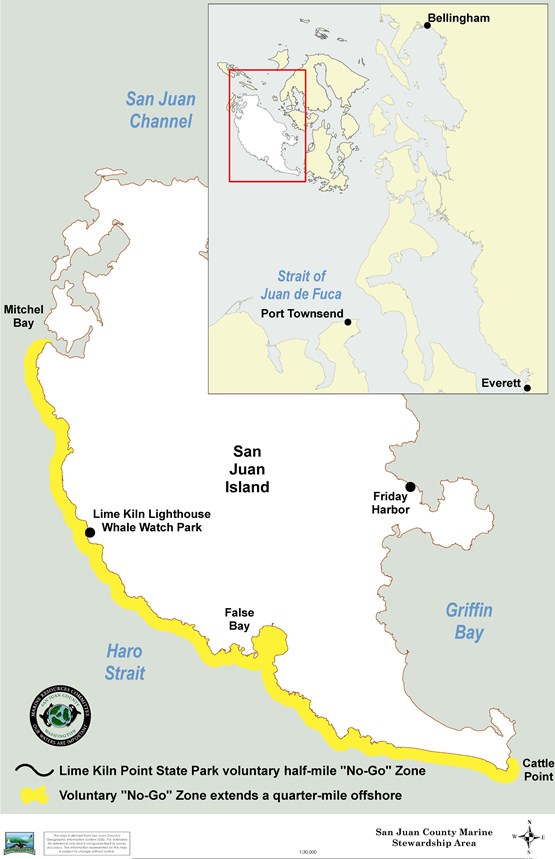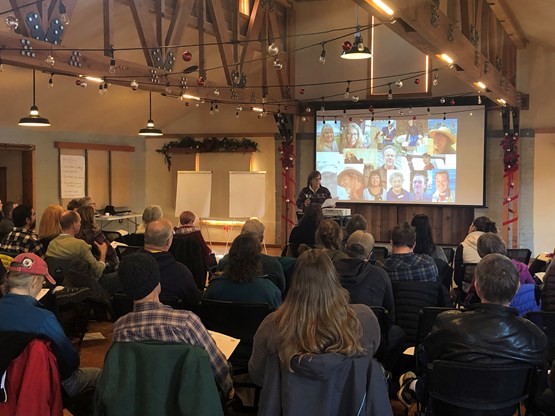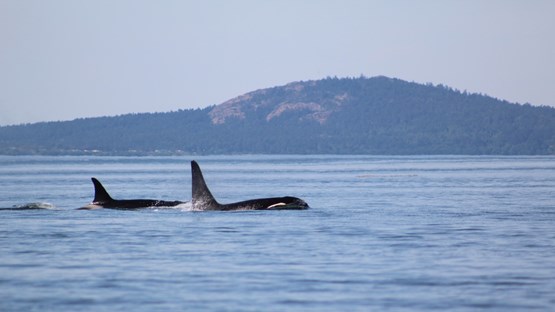Know The Zone!
In 2018 the MRC extended the Voluntary No-Go Zone on the west side of San Juan Island down to Cattle Point. This Voluntary No-Go Zone is part of the Marine Stewardship Area.
This Voluntary No-Go Zone encompasses historically sensitive foraging and resting areas for the endangered Southern Resident killer whale.
The zone extends 1/4 mile offshore from Mitchel Point to Cattle Point, with a 1/2 mile buffer around Lime Kiln Point State Park.
The zone is in place throughout the year for all boats, at all times, and is recognized by the Pacific Whale Watch Association and the Washington Department of Fish and Wildlife.
During 2018, kayaks launching from the San Juan County Park within the Voluntary No-Go Zone operate under a special use permit issued by the County Park. This requires that kayaks participate in the Kayak Education and Leadership Program (K.E.L.P). This program was developed in 2010 by County Parks, The Whale Museum, and the kayak industry.
To learn more about the Marine Stewardship area see:
 Photo: MERS
Photo: MERS


